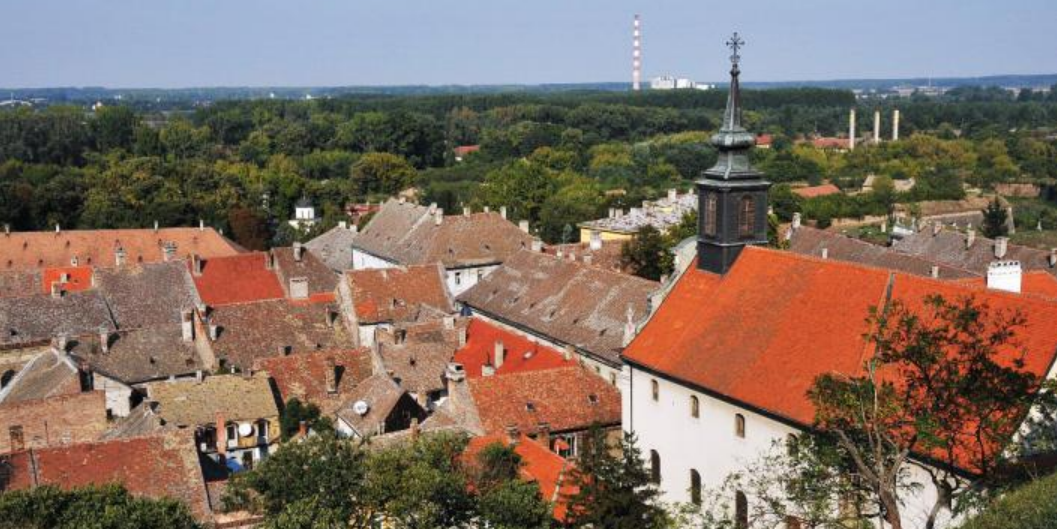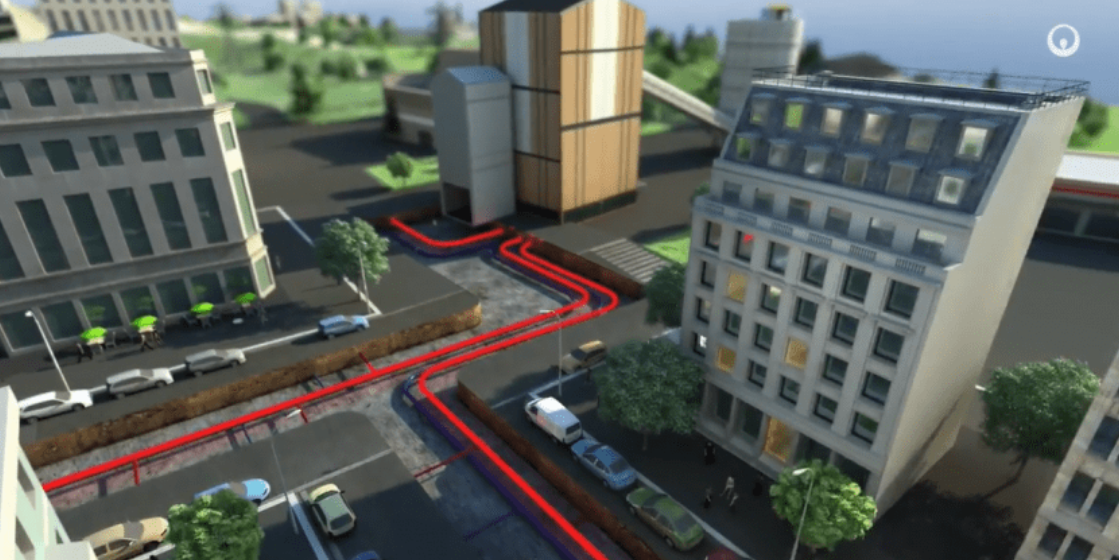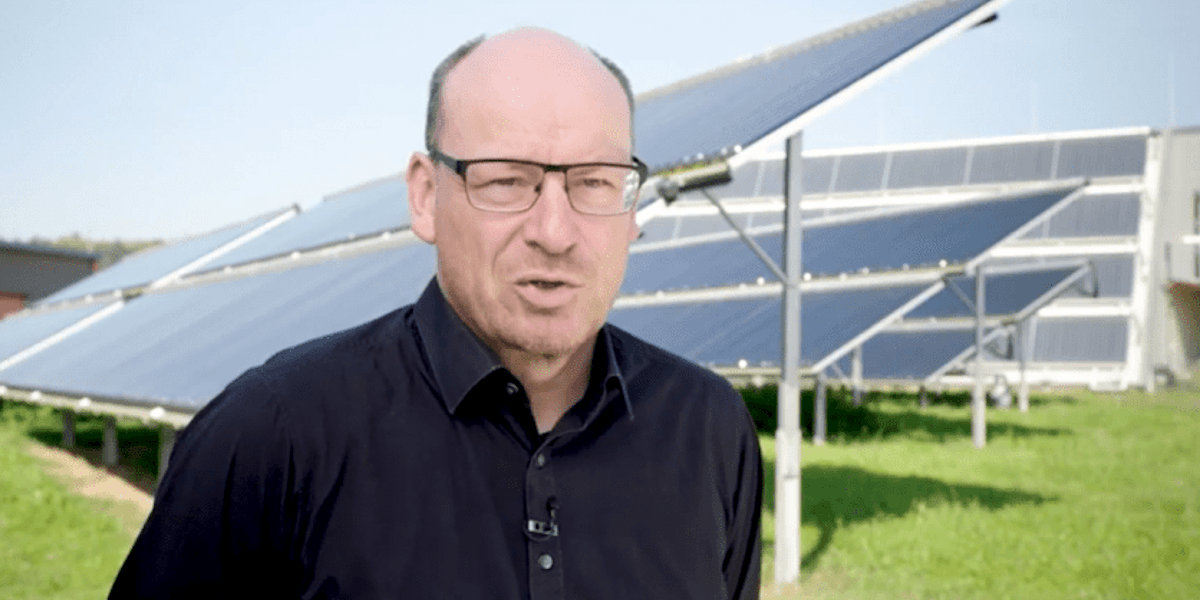Support joint marketing efforts for solar district heating
At a workshop set to take place on 4 and 5 April in Graz, Austria, the IEA Solar Heating and Cooling Programme will launch a new research platform about Efficient Solar District Heating Systems, also called Task 68. This three-year programme will focus on medium-high temperature feed-in and digitalisation. Regarding the latter, the task members will take an especially close look at advanced control strategies, automated monitoring and open data, with the aim of exchanging best practice examples. For the first time, a solar heat technology provider will lead the knowledge-sharing activities.
“We will have a very strong focus on a systems approach. We would like to work on efficient hybrid solutions that use solar energy combined with other technologies to provide the supply temperatures required by a heat network,” explained Viktor Unterberger, who will chair Task 68 and is a senior researcher on Automation and Control at the Austrian BEST – Bioenergy and Sustainable Technologies centre of excellence.
Unterberger is being supported in his efforts by experienced IEA SHC solar heat strategists: Sabine Putz, of SOLID Solar Energy Systems, Austria, and Magdalena Berberich, of Solites, Germany, will both be subgroup leaders. Both were also members of previous Task 55 on Large Solar District Heating and Cooling Systems. A new subgroup leader will be Joakim Byström, of Swedish company Absolicon. For the first time, a technology provider will head the dissemination activities within an IEA SHC task. This will bring a new level of quality to outreach efforts, especially because of Absolicon’s wealth of experience in marketing and lobbying.
Stop burning wood in summer
One of the things that Absolicon has been campaigning for in Sweden is an SDH support scheme. The country in northern Europe has already had a fairly green district heating sector, with wood meeting more than half of all district heating needs nationally. But now, Sweden has a supply chain problem when it comes to local, sustainable biomass, as the country also wants to replace transportation fuel and high-temperature heat sources in industry with biomass-based energy carries.
Absolicon’s slogan “Stop burning wood in summer” has therefore been well received by policymakers. “The Green Party have put our call for a 50 % subsidy scheme for large solar district heating plants high on their agenda,” said Byström. “We are now pointing to the example of a raised budget for large-scale solar heat plants in Austria while also calling for financial support for feasibility studies.”
Biomass and solar for efficient district heating
Of course, Unterberger knows that SDH marketing slogans need to be adapted to different national contexts. In countries where biomass energy is not used as widely as in Sweden, biomass boilers and solar could be a suitable combination for providing green heat. One crucial argument for the promotion of solar district heating could be a high dependency on gas imports from geopolitically critical countries, such as Russia and Algeria.
Infocharts in general play a key role in Absolicon’s communications strategy. The company has created a number of easily accessible materials to explain the benefits and features of solar district heating to newcomers:
- District heating – History and future. 1-minute animation: https://vimeo.com/344270605
- Högslätten 2023 – Groundbreaking ceremony. 2-minute event video: https://vimeo.com/475839779
- Some like it hot: High-Temperature Solar Heat. Presentation held during an Austria Solar webinar and recorded on YouTube: https://www.youtube.com/watch?v=xXz0V8KBZHA
To learn more about how to join Efficient Solar District Heating Systems, do not hesitate to contact Viktor Unterberger at viktor.unterberger@best-research.eu.
Source and full article: www.solarthermalworld.org
Picture: Absolicon Solar Collector


